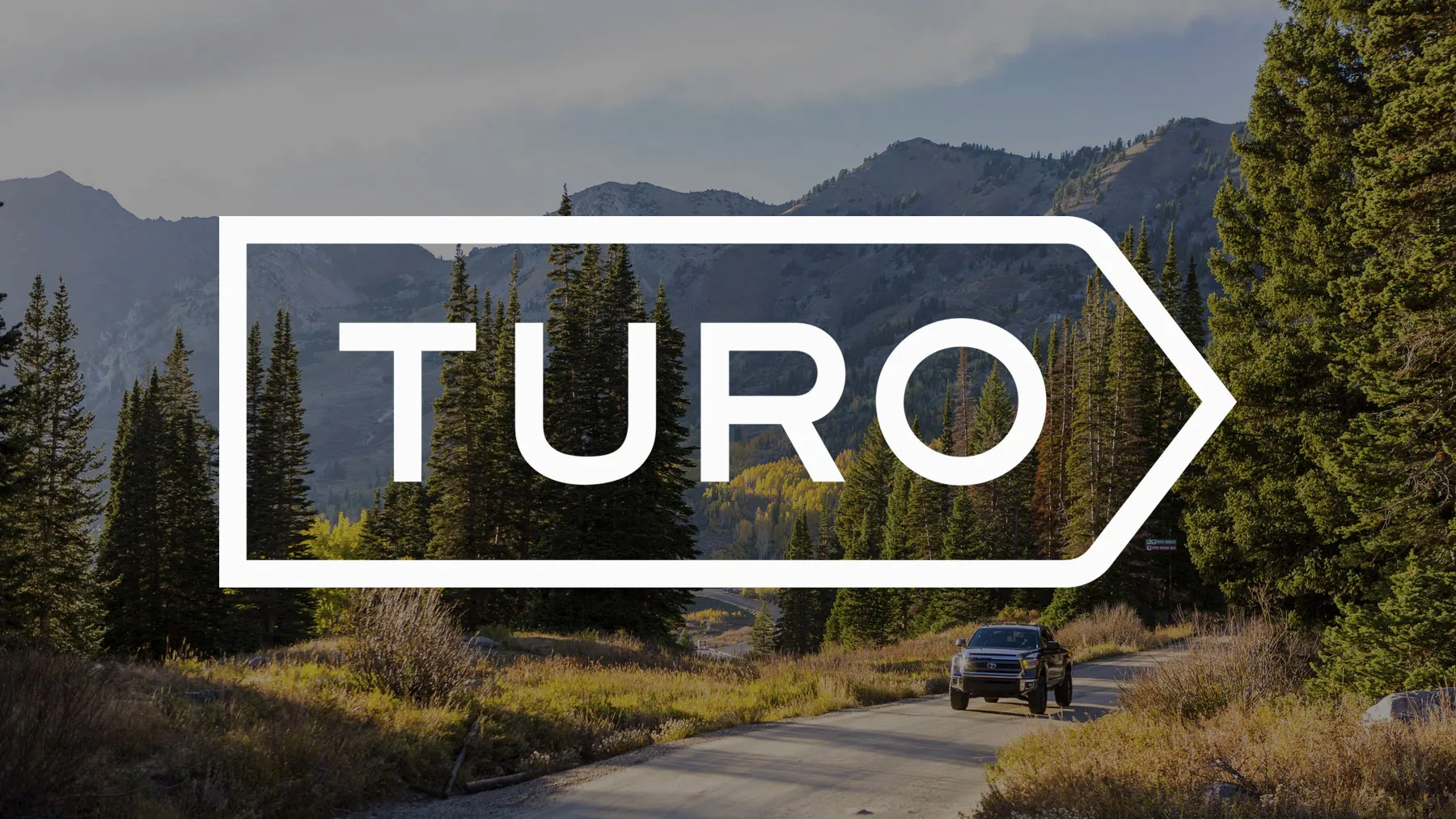The thrill of exploring untouched landscapes, the challenge of pushing your physical limits, and the serenity of nature – trekking offers an escape like no other. Whether you’re a seasoned mountaineer or a beginner eager to explore the trails, proper preparation is key. This post will guide you through the essentials of trekking and the crucial accessories that will make your adventure safe, comfortable, and unforgettable.
Why Trek?
Trekking isn’t just about reaching a summit; it’s about the journey itself. It offers:
- Physical and Mental Challenge: Trekking builds endurance, strength, and mental resilience.
- Connection with Nature: Immerse yourself in breathtaking scenery and escape the hustle of daily life.
- Personal Growth: Overcome challenges, discover your limits, and gain a sense of accomplishment.
- Exploration and Adventure: Discover hidden gems and experience the beauty of the wilderness.
Planning Your Trek:
Before you hit the trails, careful planning is essential:
- Choose the Right Trek: Select a trek that matches your fitness level and experience. Research different trails and their difficulty levels.
- Check the Weather: Weather conditions can change rapidly in mountainous regions. Always check the forecast and be prepared for all types of weather.
- Plan Your Route: Study maps, familiarize yourself with the terrain, and plan your itinerary.
- Inform Someone of Your Plans: Let a friend or family member know your trekking plans, including your route and expected return date.
- Obtain Necessary Permits: Some trekking areas require permits. Research and obtain the necessary permissions in advance.
Essential Trekking Accessories:
Having the right gear can make all the difference between a comfortable and enjoyable trek and a challenging and potentially dangerous one. Here’s a breakdown of essential trekking accessories:
1. Backpack:
- Choose the Right Size: Select a backpack that can comfortably carry all your gear without being too bulky.
- Proper Fit is Crucial: Ensure the backpack fits your torso length and waist size for optimal weight distribution.
- Features to Consider: Look for features like adjustable straps, hip belts, rain covers, and multiple compartments.
2. Footwear:
- Trekking Boots: Invest in sturdy, waterproof trekking boots that provide ankle support and good traction.
- Socks: Wear moisture-wicking socks to prevent blisters.
- Gaiters: Protect your boots and socks from mud, snow, and debris.
3. Clothing:
- Layering System: Dress in layers to adapt to changing weather conditions.
- Base Layer: Wear moisture-wicking fabrics to stay dry and comfortable.
- Insulating Layer: Pack a fleece or down jacket for warmth.
- Outer Layer: Bring a waterproof and windproof jacket and pants.
- Hat and Gloves: Protect yourself from the sun, wind, and cold.
4. Navigation and Safety:
- Map and Compass/GPS: Essential for navigating the trails, especially in remote areas.
- First-Aid Kit: Carry a comprehensive first-aid kit to treat minor injuries.
- Headlamp or Flashlight: Essential for trekking in the dark or in low-light conditions.
- Whistle: Use a whistle to signal for help in case of an emergency.
- Emergency Shelter: A lightweight bivy sack or emergency blanket can provide protection from the elements.
5. Food and Hydration:
- Water Bottles or Hydration Reservoir: Carry enough water to stay hydrated throughout your trek.
- Water Purification: Bring water purification tablets or a filter to ensure access to safe drinking water.
- Energy Bars and Snacks: Pack high-energy snacks to replenish your energy levels.
- Meals: Plan your meals carefully and pack lightweight, non-perishable food items.
6. Other Essentials:
- Trekking Poles: Provide stability and reduce strain on your knees.
- Sunscreen and Sunglasses: Protect yourself from the sun’s harmful rays.
- Insect Repellent: Keep bugs at bay.
- Toihttp://trkads.cloud/a6iPLzletries: Pack essential toiletries, including biodegradable soap and toilet paper.
- Camera: Capture the stunning scenery and memorable moments.
Tips for Choosing Gear:
- Prioritize Quality: Invest in high-quality gear that will withstand the rigors of trekking.
- Consider Weight: Choose lightweight gear to minimize the load you’re carrying.
- Test Your Gear: Before your trek, test all your gear to ensure it’s working properly and that you’re comfortable using it.
Conclusion:
Trekking is an incredible adventure that offers unparalleled rewards. By planning carefully and investing in the right gear, you can ensure a safe, comfortable, and unforgettable experience. So, pack your bags, lace up your boots, and get ready to conquer the trails!




